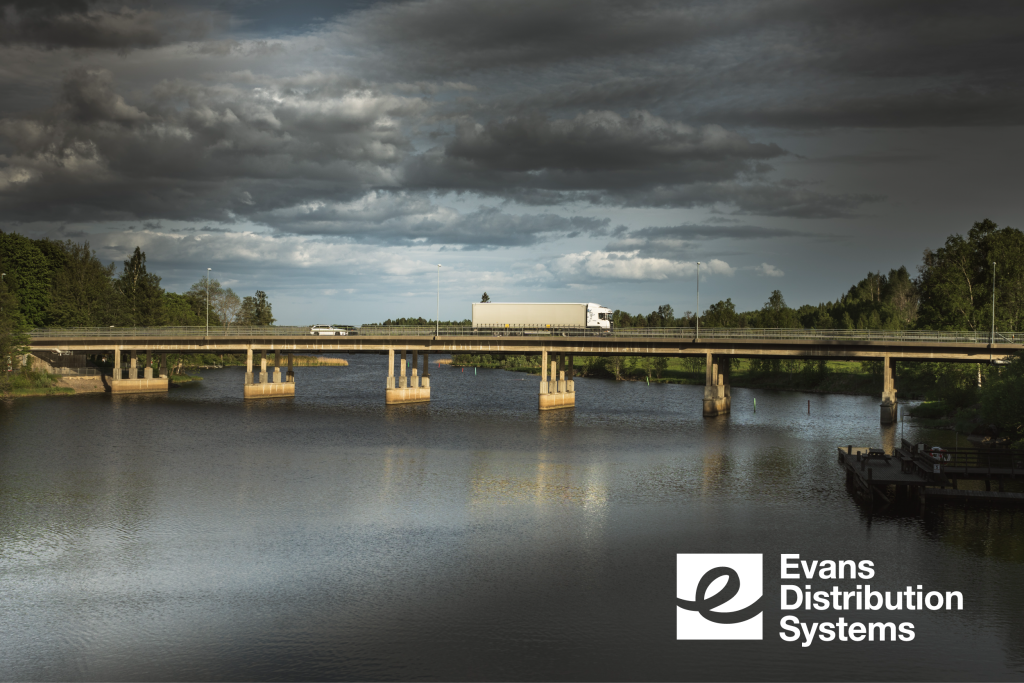It’s been more than a month since an ocean carrier collided with the Francis Scott Key Bridge in the Port of Baltimore, causing it to collapse. In addition to recognizing this tragedy and the innocent lives that were lost, there are several important lessons to be learned.

First, ocean carriers have been challenged in recent years. Hardships allow this industry to identify root causes and solutions to these challenges. Here is a quick timeline of recent events.
- Somali piracy dates back to 2000 and has occurred in varying degrees into the present day. The hijacking attempts typically occur in the Arabian Sea or the Indian Ocean.
- Evergreen becomes stuck in Suez Canal in 2021.
- The International Longshore and Warehouse Union strike at the Ports of Los Angeles and Long Beach in 2021 held up hundreds of ships during the height of the pandemic.
- More than 200 ships piled up in the Panama Canal in 2023 due to a drought that dramatically lowered sea levels making it nearly impossible for large container ships to pass.
- In 2024 Houthi rebels attack multiple ships in the Red Sea, causing disruptions and driving up costs from carriers having to reroute ships. This conflict stll continues.
- The Dali container ship converges with the Francis Scott Key bridge resulting in a total collapse and casualties.
These are only a few examples of recent struggles. Many more challenges threaten the ocean freight industry every day. In supply chain, there is never one disruption—every shutdown causes a chain reaction and drives up costs. In today’s hyper globalized shipping network, it is critical to find solutions to prevent disruptions.
Infrastructure
It’s no secret that U.S. infrastructure has been neglected. Infrastructure covers a wide range including aviation, water, energy, waterways, ports, roads, and bridges to name a few. In 2021, President Biden passed $1 trillion into the Infrastructure Investment and Jobs Act to address maintenance and in 2023, the Federal Infrastructure Bank Act was introduced to fund infrastructure projects. These events are a step in the right direction but there is still a long road ahead.
Near Shoring
Ocean freight is the most economical method of international shipping. But many believe the reliance on ocean freight and overseas manufacturing can be harmful. Manufacturers need to seek new ways to bring manufacturing and logistics closer to home. Near shoring, which became popular during the pandemic, is a great solution to bring manufacturing closer to where a product is consumed and reduce that reliance on international shipping.
Real-time Data & Visibility
Real-time data and visibility of the supply chain has made it easier for us to navigate through challenges as they are occurring. When the Dali collided with the bridge, shippers were notified immediately that their cargo was in jeopardy or delayed, allowing shippers to take the right actions early on, to plan for rerouting.
Communication
Shippers have more tools to help support communication between ocean freightliners, dispatch teams, freight forwarders, customs, port and rail operators and end customers. A lack of communication can break down any phase of the journey resulting in major delays at much higher costs. A more connected world boosts our reaction time and our ability to communicate efficiently.
As the world evolves, so does our resilience. Never has that been more evident than during the pandemic. Global competition drives us to come up with the best solutions to resolve our issues with the least impact.
